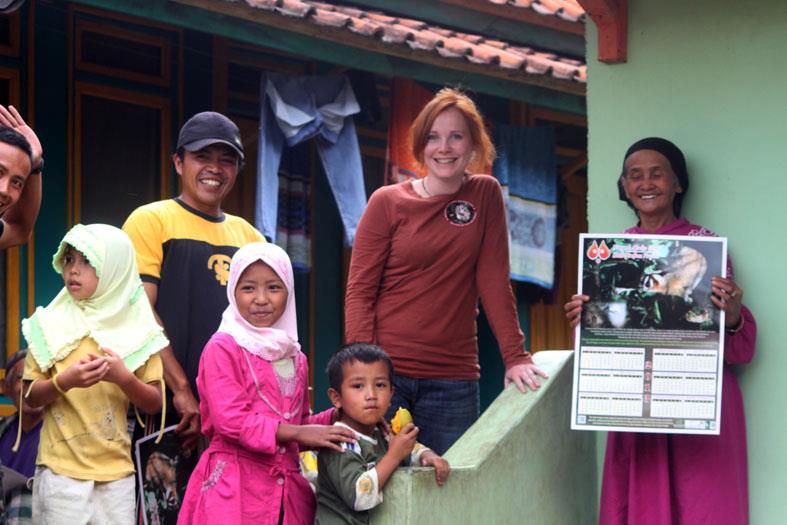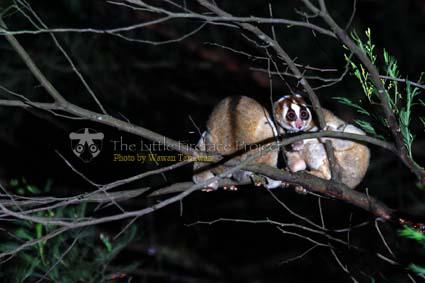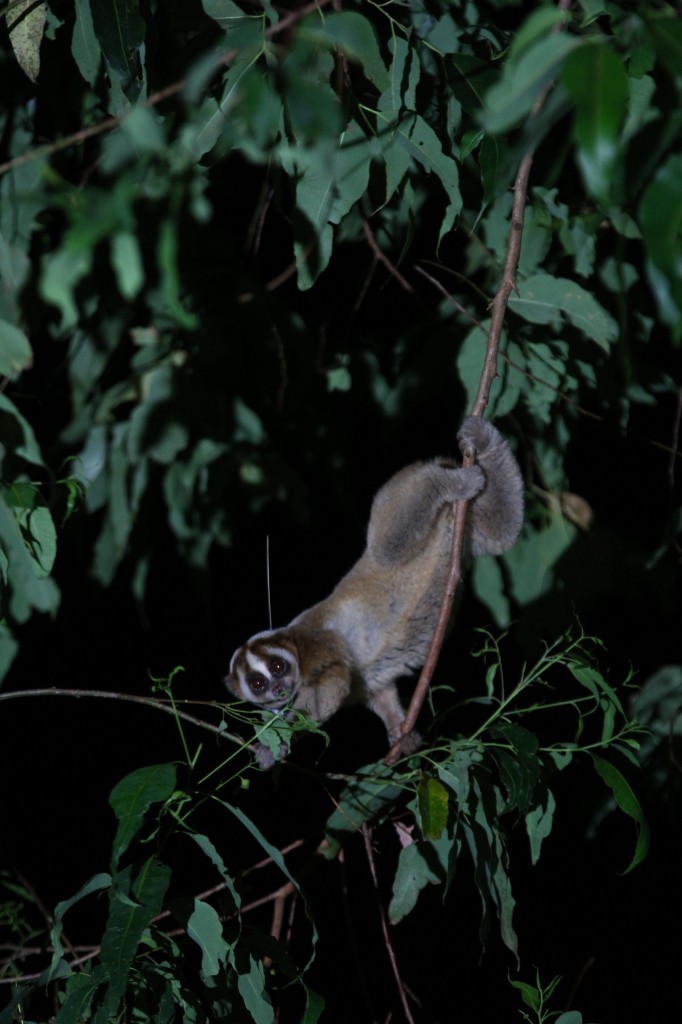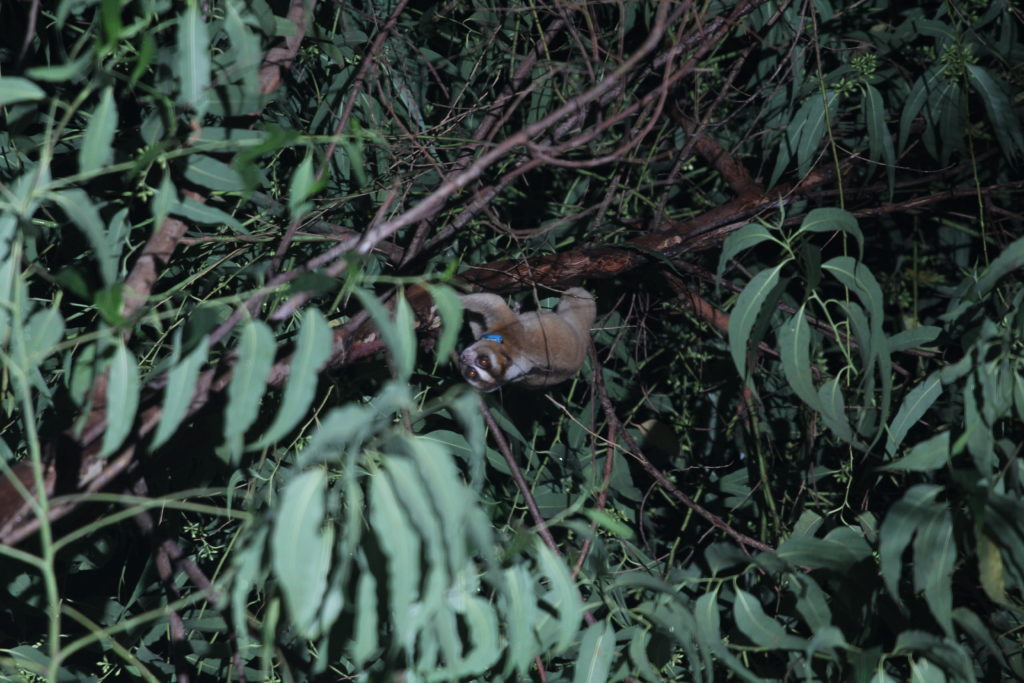Today’s SLOW2018 blog comes from Johanna Rode, Director of Asian Field Programme Coordinator at Chester Zoo. After our Director Anna Nekaris visited Cipaganti in 2011 to film Jungle Gremlins of Java, Jo became the first PhD student at what was to become our long-term study site and she brings us back to beginning of our long-term research in 2012!
Meeting the Slow Loris Family
I started my PhD in the village Cipaganti, in West Java, in 2012. Together with Anna and Vincent, and the ex-slow loris hunter Mr. Ade, we captured the first animals to equip them with radio-collars and start following their lives. Tereh, Toyib and Shirley were animals number 7, 8 and 9 of the slow lorises we captured in May 2012.

Tereh has always been an especially dear animal to us. Her home range is right next to the main path leading into the field site, so we often met her, even if we went to observe another animal. Tereh means “fast” in Sundanese language. We gave her the name because in the first few months she confused us massively in a “hare and the tortoise” fashion: she always appeared at one end of the home range, and after 5 minutes she showed up at the other end of her home range. Between these locations, there was a tabacco field, a little bamboo forest, a river, a tomato field and finally a small tree plantation of eucalyptus. How can she be so far? It was a mystery….
Only after several months we finally found the reason. She took the mickey out of us by climbing along an irrigation pipe line that was spanning across these places! Another reason for being one of our favourites was that she gave us the very first insight into mother-infant behaviour of Javan slow lorises in the wild. Her baby Tahini was the first infant we observed, and mom’s and daughter’s social behaviour and Tahini’s development were one of the most exciting observations we had. Sadly, Tahini died in 2013, and is dearly missed by the trackers and all who had observed her.
Our most elusive animals
Toyib and Shirley are two difficult slow lorises to observe. Their home ranges are in a small forest fragment on the top of a huge and incredibly steep carrot field. In the wet season we were sliding up and down this field to follow them, trying not to destroy too much of the farmer’s crops. At the top of the field was a 2m-high mud wall that we had to “somehow” climb up, usually by giving each other a leg-up and then pulling the other one up the wall.

The little forest fragment was incredibly dense with bushes and a lot of vegetation. But their usual sleeping place was at one end of that habitat, in a bamboo patch. It was quite convenient sitting on that hill above the bamboo, being able to watch the slow lorises’ sleeping position at 10m height from eye-level. I remember quite clearly a few early mornings at 4am during Ramadan, after the second night shift, when the ranger took out their breakfast to have it before sunrise. It was a lovely but quiet picnic, observing Toyib and Shirley going to sleep while enjoying some wonderful “Bala-bala” snacks (Sundanese fried veggie cakes). We could see the city’s lights in the distance down the mountain, saw the sun rising, and looked forward to our beds.

